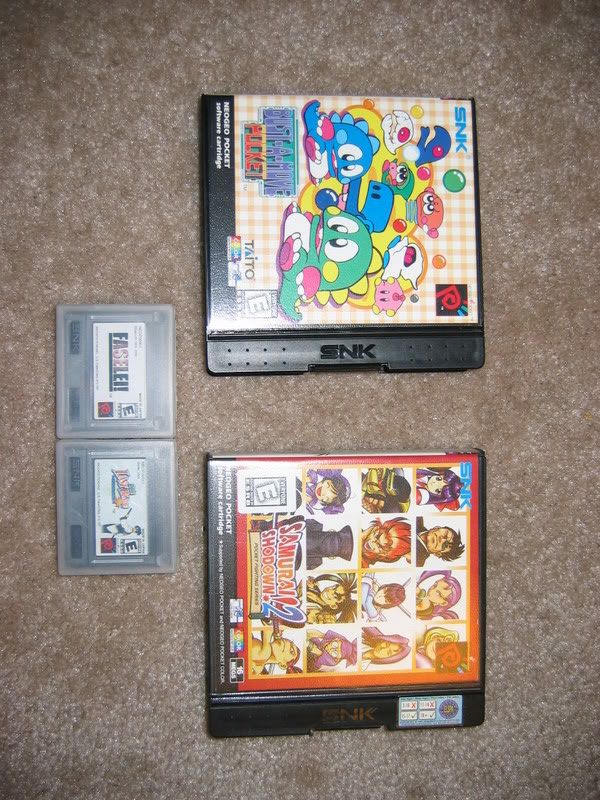Yes, because they are from the same stock. The differences are not in the game, but in the packaging. Look back at 2600 stuff that would be 'PAL' or 'US'. Sometimes, that difference, was just something on the box.

So the SamSho on the right is a US copy correct? That ESRB sticker that was placed on there by the manufacturer makes it so. Ignore the fact that if you just saw the cart, or went by any of the other packaing info on it, you'd be seeing a EURO release. The STICKER makes it different. In most collectors eyes, they won't give two shits. Some do. Those that do, they collect this stuff.
THE STICKER WAS PUT ON BY SEGA. NOT A STORE, NOT ANYONE ELSE. IT WAS SOLD STATESIDE, BY SEGA, TO STORES, WHO THEN SOLD THEM TO US.
THIS.IS.A.US.GAME.








 Reply With Quote
Reply With Quote















